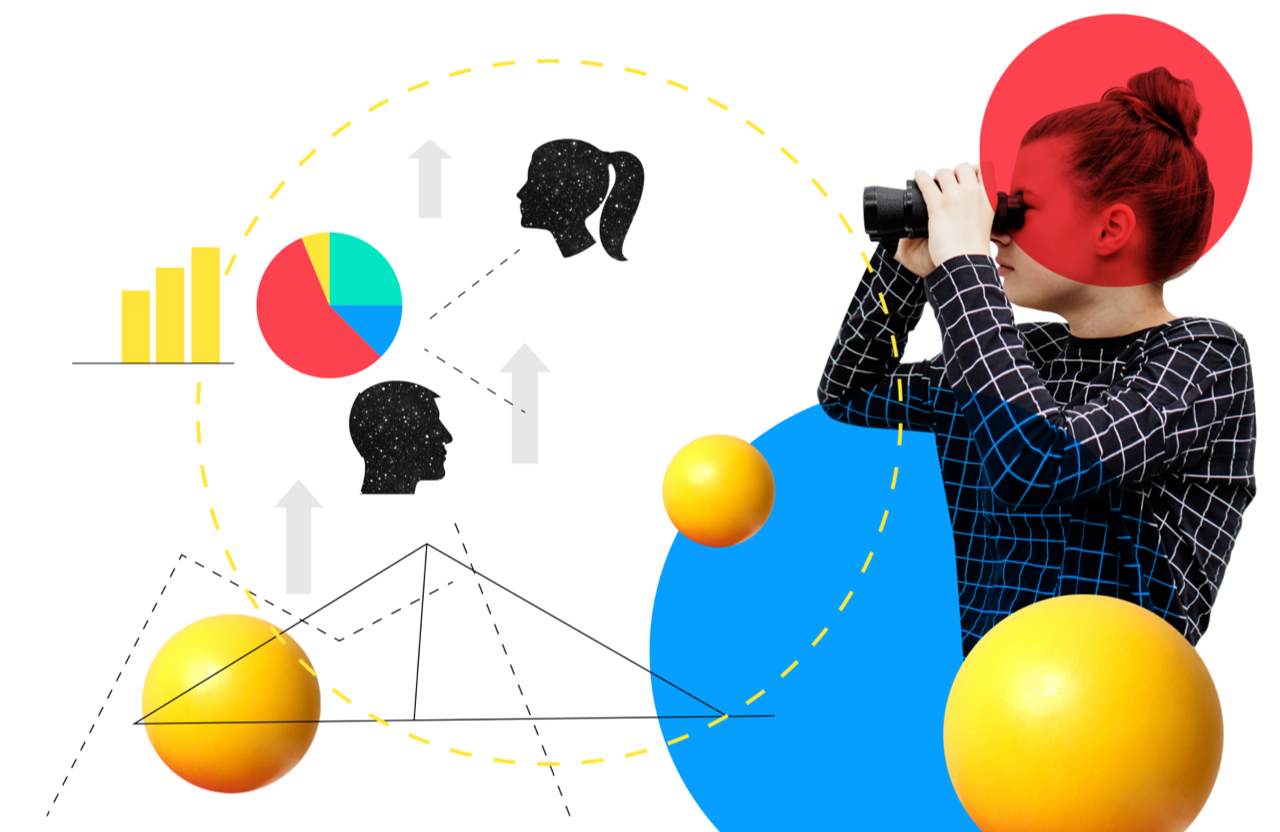What issue can we solve for you?
Type in your prompt above or try one of these suggestions
Suggested Prompt



Telecommunications, Media & Technology
Wireless Providers Should Focus on Loyalty, Not Churn
Wireless Providers Should Focus on Loyalty, Not Churn
Telcos can retain customers through light, ethical, accessible, “dataful”—and therefore, magical—experiences.
T-Mobile and other telcos are likely celebrating that their efforts to minimize churn, such as data incentives and other freebies, have paid-off. But these efforts, while appearing fruitful, are short-sighted. Major telcos have seen historically low churn rates in 2021, with carriers like T-Mobile posting 0.98 percent churn for the first quarter and 0.87 percent for the second quarter for postpaid or premium plans. Compare that to five years ago when T-Mobile’s churn rate was above one percent and 10 years ago when it was above two percent.
Most telcos feel pressured to post low churn rates to appease investors, but this isn’t the right metric to use.Although retaining customers is key to profitability and the cost of acquiring customers is about five times the monthly average revenue per customer, churn isn’t where telcos should be focusing. Instead, the focus should be on growing average revenue per customer with additional value-added products and services. More new customers could be drawn in by this strategy, but that should be more of a bonus rather than the goal.
Offers like a free year of Netflix may draw in new customers or keep them hanging on for a little longer, but they won’t foster loyalty and in fact, they can be dilutive of profit to the business. It’s the overall brand experience and customer service that retains customers for the long-term. And by improving the experience and building loyalty, churn will also likely shrink in the process.
Telcos have their work cut out for them to shift deeply entrenched strategies away from churn and towards cultivating a large base of loyal customers who are excited to connect more of their lifestyles to the brand, like entertainment and streaming, their appliances or even home security. But customers are smart and increasingly open-minded about trying new services if they see value in them, and telcos should be guided by three foundations as they pursue this mission:
- Good customer experience drives loyalty, not bells and whistles like a free year of Netflix
- Light, ethical, accessible and dataful (LEAD) experiences are great experiences
- Experiences should be integrated across many channels, in line with customer usage and expectations
Four Ways Customers Define Experiences
Based on ongoing research that Publicis Sapient has conducted over the past 15 years, with 30,000 consumers and spanning 160 brands, customers categorize the type of relationships they have with brands into four buckets:
-

Functional
The brand does the job, but has the lowest customer engagement. Most telcos still fall into this category.

Valuable
The brand is a good choice.
![]()
Essential
The brand is reliable and always delivers on expectations.
![]()
Magical
The brand is an extension of the customer, and has the highest customer engagement.

One available metric brands can use to measure their standing is Net Promoter Scores (NPS), or a metric that indicates how likely customers are to recommend a company to someone they know. Magical brands will have more fanatical customers who are willing to tell everyone how great the brand is. It takes years for a brand to be viewed as magical, as the brand builds trust, creates delightful experiences and listens to customers’ feedback on how it can make itself better. Improving experience is one of the critical paths that brands can control and must take to boost these scores. This means improving all aspects of the core services that telcos offer, like phone, internet or cable service, and the full customer lifecycle of interactions, from learning and buying to paying and servicing. And while add-ons are nice-to-haves, they don’t make up for the core experience customers are paying for.
For instance, what if a cable provider noticed that a household wasn’t watching TV at all over a month? It could infer that the family could have been away from home on vacation, and automatically give that customer an extra month of cable for free. Or if during a service outage, it proactively notified customers of the outage and the expected time to restoration —without the customer having to call in to a call center to report the outage. This is the kind of magical experience customers are hoping for, as call centers often explain the same issue over the phone to many customers who call in with a problem.
Also consider other touchpoints like bill pay and customer service that keep brands from being more than functional. The price a customer thinks they’ll pay when they purchase a phone plan usually ends up being different from what they pay when the first bill arrives, due in large part to purchasing and billing departments being siloed across many telcos.
These often non-digital experiences are ripe for an overhaul, and not surprisingly, may have the biggest impact towards transforming telcos into magical brands. Proactive customer service and experiences that consistently delight customers will help brands stand out.
“If you're the thing enabling the experience, vs. the experience or product itself, it becomes hard for the consumer to point to you and say that, ‘you're the magical brand.’ Things like 5G are now commodities. No one is switching carriers or staying loyal because of 5G. Loyalty is achieved when the customer is getting a unique offering that they didn’t know they needed, but immediately realize how it would add value to their lives.”
Raj Shah , Managing Partner, Telco, Media and Hi-Tech Vertical

Using LEAD for Better Experiences
LEAD experiences are magical experiences, and having the right data is the most important investment telcos can make in growing loyalty. Telcos need to develop AI and data-driven solutions to proactively identify loyal customers, rather than being reactive and working to win back their trust after a bad experience. This is where the LEAD framework takes center stage:
Light:
Light experiences happen immediately and are defined by their speed and responsiveness. Problems are resolved quickly so that a customer can move on to the next step in their journey. These experiences are also intuitive. For telcos, examples of light experiences include making sure the bill is easy to understand and getting connected to customer service quickly without much lag time.
Ethical:
These are truthful and transparent experiences. Customers’ values align with the brand’s and the brand is respectful of the customer. Telcos should help customers understand their terms and conditions in simple language. How customer data will be used is a great example of where telcos can create ethical transparency.
Accessible:
Products and services must be frictionless and easy to use for all customers and account for different ability levels. The experience is consistent across all touchpoints and simple for customers to navigate through. Telcos must provide the same products and services to all customers rather than only reserving some for those with higher budgets.
Dataful:
Dataful experiences use data to personalize customer interactions and anticipate needs. They also feature a feedback loop to continuously measure and improve customer satisfaction. Brands should be able to help customers make the best purchase decisions that fit their needs. This is like the family on vacation scenario above, where the telco could use data to give that customer an offer that better fits their needs.
Becoming a Magical Brand
Customers who feel special are those who feel that a brand is providing them with a magical experience that is hard to get somewhere else. That’s why providing baseline offerings like connectivity won’t be enough for telcos to achieve LEAD experiences and build a loyal following. They need to provide their staple offerings but then take them in new directions that are constantly improved upon using LEAD to evolve with customer expectations. Telcos that take this path have a lot to gain as loyal customers offered a magical experience spend more and are more likely to evangelize the brand to others. Magical customers are also more likely to think that they get more value out of a relationship with a brand, versus functional customers who typically think the brand gets more value. When telcos move beyond transactional relationships to meaningful relationships that make a difference in customers’ lives, they’ve arrived at the threshold of true loyalty.
Related Readings
-
![]()
-
![Outlook 11 Industry Trends]()
How Telecommunications, Media and Technology are Changing
Trace your company’s path forward by considering what comes next in the Fourth Industrial Revolution.
-
![Image of mobile phone]()
Experience Design | Publicis Sapient
Building progressive new brands and helping reposition the world’s most prominent companies through experience design








